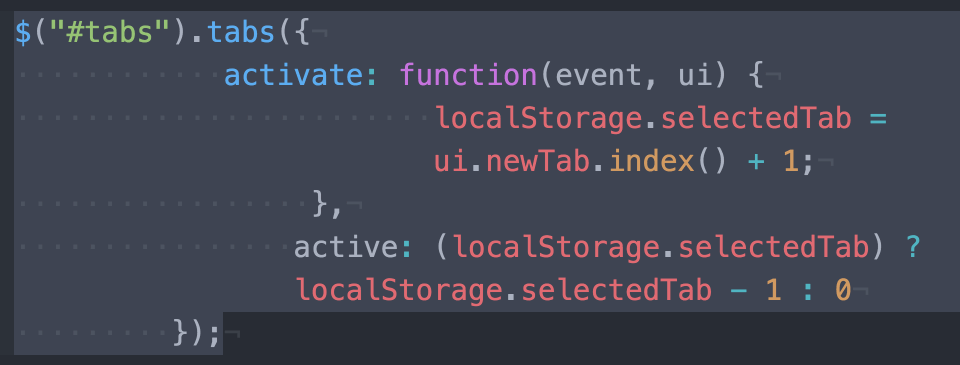

String, getenv, equal and atom ARE redefined each time theĬommand is encountered. var will override a corresponding index variable setting in the input Script to be processed multiple times without resetting the variables Script (with 2 exceptions, read further). This means variables can NOT be re-defined in an input Script and the variable name has already been specified, the command When a variable command is encountered in the input Note that the same string can generateĭifferent values when it is evaluated at different times during a The “value” is the numeric quantity resulting fromĮvaluation of the string. Variables as in the 2nd example, or it can be a formula as in the 3rdĮxample. The “string”Ĭan be simple text as in the 1st example above, it can contain other The “string” is one or more of the subsequent arguments. This name can only contain alphanumeric characters and underscores.

In the discussion that follows, the “name” of the variable is theĪrbitrary string that is the 1st argument in the variable command. Per-atom values from a file rather than from a formula. Input script that atom-style variables are used they get their Variables of style atomfile can be used anywhere in an Which can be output to a dump file (see the dump customĬommand) or used as input to an averaging fix (see the fix ave/spatial and fix ave/atomĬommands). Variables of style atom storeĪ formula which when evaluated produces one numeric value per atom Of thermodynamic output (see the thermo_styleĬommand), or used as input to an averaging fix (see the fix ave/time command). Variables of style equal storeĪ formula which when evaluated produces a single numeric value whichĬan be output either directly (see the print, fix print, and run every commands) or as part Strings, the next command can be used to increment which A variable can beĭefined and then referenced elsewhere in an input script to become Variables can thus be useful in several contexts. This command assigns one or more strings to a variable name forĮvaluation later in the input script or during a simulation. Special functions = sum(x), min(x), max(x), ave(x), trap(x), gmask(x), rmask(x), grmask(x,y), next(x)Ītom value = id, mass, type, x, y, z, vx, vy, vz, fx, fy, fzĪtom vector = id, mass, type, x, y, z, vx, vy, vz, fx, fy, fz, omegax, omegay, omegaz, tqx, tqy, tqz, rĬompute references = c_ID, c_ID, c_IDįix references = f_ID, f_ID, f_ID Inertia(group,dimdim,region), omega(group,dim,region) Xcm(group,dim,region), vcm(group,dim,region), fcm(group,dim,region),īound(group,xmin,region), gyration(group,region), ke(group,reigon),Īngmom(group,dim,region), torque(group,dim,region), Region functions = count(group,region), mass(group,region), charge(group,region), Xcm(group,dim), vcm(group,dim), fcm(group,dim),īound(group,xmin), gyration(group), ke(group), Group functions = count(group), mass(group), charge(group), Ramp(x,y), stagger(x,y), logfreq(x,y,z), stride(x,y,z), vdisplace(x,y), swiggle(x,y,z), cwiggle(x,y,z) Random(x,y,z), normal(x,y,z), ceil(x), floor(x), round(x)

Math functions = sqrt(x), exp(x), ln(x), log(x), abs(x), Thermo keywords = vol, ke, etc from thermo_style World args = one string for each partition of processorsĮqual or atom args = one formula containing numbers, thermo keywords, math operations, group functions, atom values and vectors, compute/fix/variable references Pad = all values will be same length, e.g. N = integer size of loop, loop from 1 to N inclusive


 0 kommentar(er)
0 kommentar(er)
